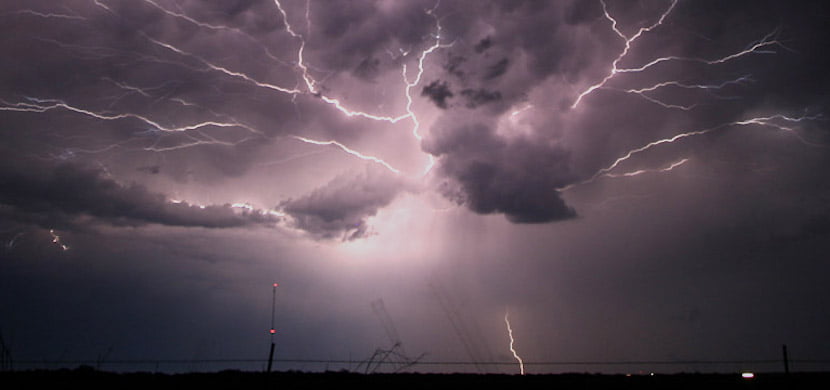Killer Sky: Lightning Takes A Higher Toll In Odisha

Bhubaneswar: Odisha is boiling with the mercury crossing the 40°-mark at several places, including the state capital. Worse, the Bhubaneswar Meteorological Centre on Thursday forecast that the heat wave will continue for another two days.
That is piling on the misery of the coastal state, where 30 persons have reportedly died of heat stroke this year.
However, it’s lightning that poses to be a bigger killer in Odisha. The Special Relief Commissioner’s office informed that lightning has claimed 65 lives between April 1 and July 12 this year.
Here’s a rundown into the figures and facts of this ‘killer from the sky’:
Average
Lightning kills an average of 400 people each year in Odisha. According to official data, 1,256 people have died in lighting strikes in the past three years. These account for nearly 27 per cent of the total deaths due to disasters.
Time
Lightning deaths mostly take place between May and September. Of the total deaths during this period, 1,069 deaths (about 85 per cent) occurred during these five months.
Rising Toll
A total of 400 people died in lightning strikes during 2018-19. Mayurbhanj district recorded the highest number at 130, followed by Balasore (95) and 89 in both Ganjam and Keonjhar districts during this period.
The casualties were 399 and 397 in 2015-16 and 2016-17, respectively, while the figure rose to 460 in 2017-18.
Reasons
Experts have attributed the recent surge in lightning strikes and the number of deaths to changes in global climate, unplanned urbanisation and felling of trees.
“Lightning occurs due to intense ground heating and moisture. The frequency is gradually rising during the pre-monsoon period with temperature rising to 36°C immediately after rains, supporting the formation of moisture from the soil,” said meteorologist Sarat Chandra Sahu.
He said this natural phenomena was seen more in the elevated regions of Mayurbhanj and Keonjhar as winds blowing from the Bay of Bengal were blocked by mountain barriers, leading to lifting of air mass.
Eastern Ghats do the same for Rayagada, Kandhamal and Gajapati, he added.
On the other hand, cyclonic circulation helps lift the water vapour formed over sea due to scorching heat in the coastal areas, including Bhubaneswar and Cuttack, leading to lightning, Sahu said.
“Lightning deaths also occur during monsoon due to long dry spells, which have become a norm now,” he added.

Comments are closed.